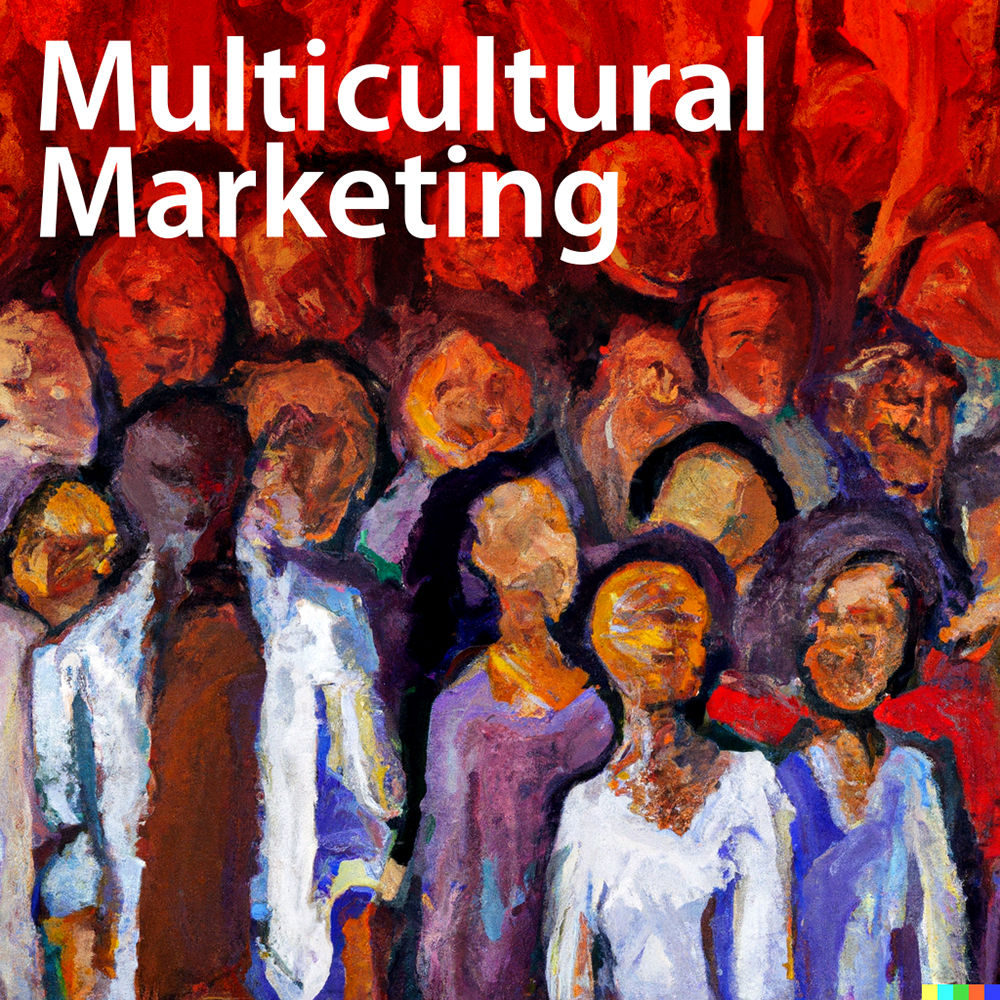WHAT IS MULTICULTURAL MARKETING?
An article by market research firm Genwords defines Multicultural marketing as “Implementing specific marketing campaigns targeted towards particular ethnic and cultural groups with the objective of commercializing products or services and avoiding subconscious biases and possible discrimination.”
How can this be helpful you may ask? One of the important goas of any business is to reach a greater volume of potential consumers. Multicultural marketing contributes to bringing about a greater reach into new consumer groups by further studying cultural nuances and traditions to better position products and services for these groups. That is not to say, having to completely change the firms’ culture or the message that is to be conveyed, but rather providing alternatives to groups that may otherwise not be able to use the product as is.
Multicultural marketing can be confused with many other marketing terms. Some of the following being: Inclusion, Diversity, and Equality. For example, multicultural marketing is not the same as inclusive marketing as the goal is not to create a single unifying message for all consumers but rather a message that can be replicated amongst different markets factoring in specific cultural notions. It may also use diversity tactics, but again, the goal is not to segment the markets further, or provide a wholly new service but rather, to use cultural differences to better position the firm within that market and create the right communication strategy for each of the segments.
- Multicultural Marketing is the best course of action when the following characteristics are the goals for the firm:
- Referring to and knowing various types of audiences within a market.
- Directly attracting different subgroups and influencing them to participate in the brand.
- Reaching a larger audience while simultaneously leaving a better impression.
- When looking at capturing new markets.
MULTICULTURAL MARKETING STRATEGIES.
Less is More: Not always emphasizing each subgroups differences can help in limit the “otherness” factor that they may feel. The key aspect to remember is to simply show the variety of audiences and highlight their experiences with the brand. Influencers can have a large role to play in this option.
In Depth: This strategy is more research heavy can be an essential strategy to get each individual message right. Relying on stereotypes, or lacking knowledge over the target audience thereof, can end up being more harmful for the product of service as many are not based in truth. Such bad examples exist in the disastrous Dolce and Gabbana campaign, where a Chinese model wearing the brand failed to eat Italian food using chopsticks. Least to say that the ad was not very well received among Chinese audiences. It is imperative to be sure of the origins, traditions, customs, and various nuances of each market that you wish to enter. This may include using images native to each of the target regions. Also, beginning each campaign from the perspective of a ‘heterogenous’ society can help to set the right tone for communicating the appropriate message, in other words, approaching each campaign with an open mindset will be most beneficial to firms looking at multicultural marketing.


